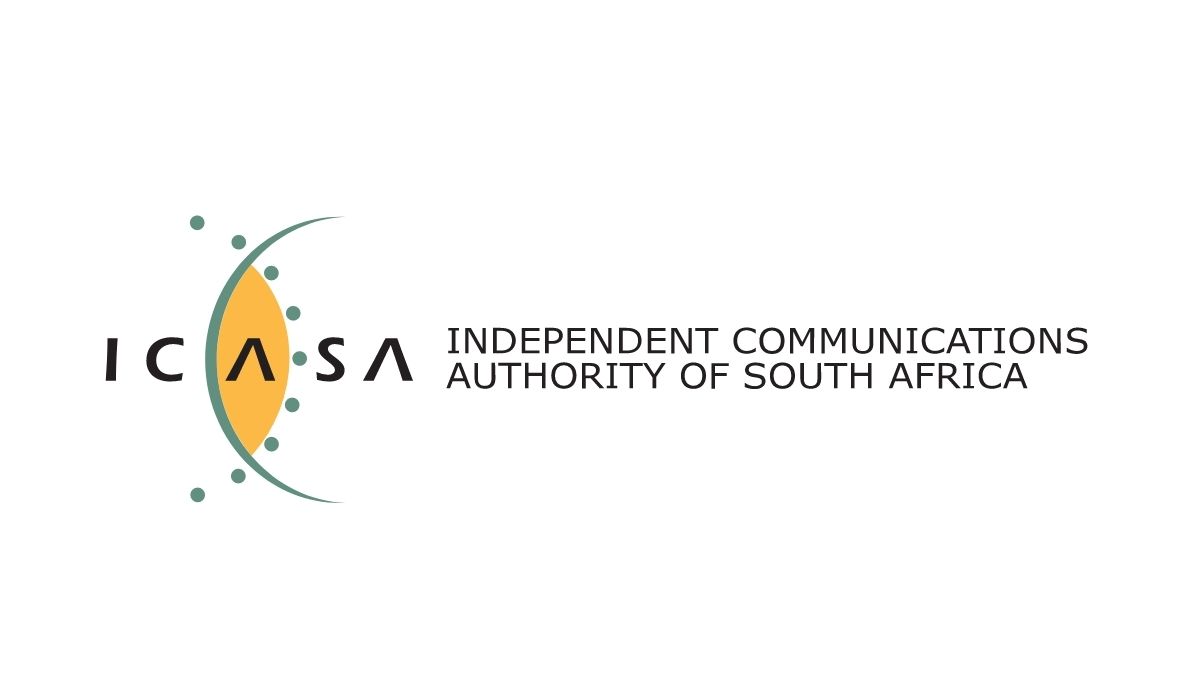The Independent Communications Authority of South Africa has published an Amendment to Annexure B of Radio Frequency Spectrum Regulations, 2015 in respect of Radio Frequency Spectrum Licence Exemptions, effectively opening up the lower 6 GHz spectrum band for the provision of Wi-Fi services.
The lower 6GHz frequency band refers to the radio frequency range of 5925 – 6425 MHz, as allocated in the National Radio Frequency Plan.
Annexure B of Radio Frequency Spectrum Regulations, 2015, consists of a list of radio apparatus, the use or possession of which does not require a radio frequency spectrum licence.
The Authority has now incorporated the key lower 6 GHz frequency band (from 5 925 to 6 425 MHz) for Radio Local Access Networks (RLAN / Wi-Fi) Applications, and the frequency band 122 – 246 GHz for Non-Specific Short-range Applications, via this amendment to Annexure B of the Radio Frequency Spectrum Regulations.
This lower 6GHz frequency band offers several benefits and a much-needed boost for RLAN(s) and provides a much-needed boost for the uptake of Wi-Fi services.
This additional spectrum can support more simultaneous connections, offers reduced latency, delivers faster data speeds, and results in less interference, especially in potential congested high-density areas and campus environments.
Overall, the implementation of the lower 6 GHz frequency band is expected to provide significant improvements, more robust and reliable wireless communications, and an enhanced user experience for both the consumers and businesses throughout the country.
The introduction of the lower 6 GHz frequency band for the deployment of Wi-Fi services will also support the growth of the digital economy and help to address the digital divide by providing better, more reliable, and affordable connectivity to community access networks in underserved and
The Authority also advises that, while a radio frequency spectrum licence is not required for the possession and use of radio apparatus listed in Annexure B of the Radio Frequency Spectrum regulations 2015, relevant regulatory requirements such as the radio apparatus type-approval by the Authority in accordance with Section 35 of the Electronic Communications Act, will continue to apply. The Authority will work closely with industry stakeholders to ensure compliance with these regulations and to protect the interests of business and consumers.
The Electromagnetic Compatibility (EMC) and Safety requirement for the relevant Application Type remains mandatory and must refer to the prescribed standards in the Authority’s Official List of Regulated Standards.
Annexure B of the Radio Frequency Spectrum Regulations is an important component of implementing the provisions of the National Radio Frequency Band Plan. The Authority continues to work to ensure that the list of apparatus exempt from radio frequency spectrum licensing remains dynamic, and constantly evolves to reflect technology changes in the radiocommunications environment.
The Authority is further committed to ensure that the country stays in the forefront of innovation in wireless technologies and believes that the release of the lower 6 GHz band and other short-range device frequency bands will assist it in reaching this goal.
Peter Zimri, Councillor, Committee Chairperson










